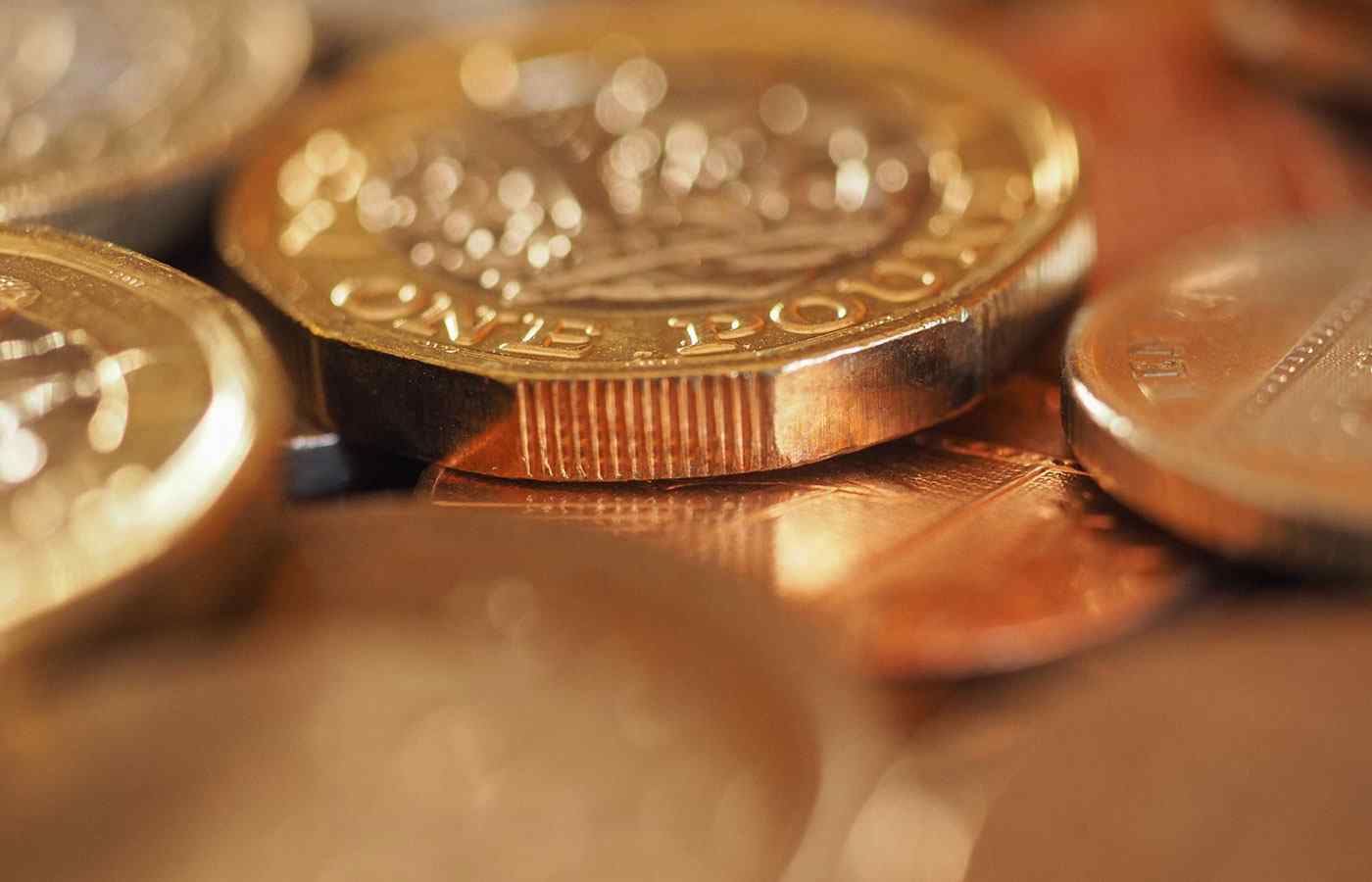The consumer price index (CPI) rose 5% year over year in May this year. That may not seem like much, but it’s the fastest percentage growth seen in almost 13 years. CPI is the most widely used measure of inflation. Earlier in August 2008, the CPI growth rate was recorded at 5.3% just before the financial crisis. So, is now the time to remain cautious?
There are two schools of thought regarding expected inflation in a post-pandemic economy. One is short-lived transitory inflation, and another is prolonged period persistent inflation. But what’s the difference? Let me explain.
What is Transitory Inflation?
Transitory inflation occurs when a country’s economy undergoes a transition from sharp contraction to sharp expansion. It arises due to supply-side disruptions of the economy.
The rapidly expanding demand can not be fulfilled by supply because of bottlenecks. This muted response causes shortages and hence pushes prices higher. But, this type of inflation is usually only temporary in nature. Later, it fades away as the supply eventually catches up with demand.
The Federal Reserve Chairman, Jerome Powell, has stated the United States is currently experiencing transitory inflation caused by delayed supply-side disruption due to the Covid-19 pandemic.
In a post-meeting press conference, Powell commented –
“As the reopening continues, shifts in demand can be large and rapid, and bottlenecks, hiring difficulties, and other constraints could continue to limit how quickly supply can adjust, raising the possibility that inflation could turn out to be higher and more persistent than we expect.”
Increased Persistent Inflation possibilities
On the other hand, transitory inflation existing for a prolonged period results in persistent inflation. It’s happened before in the 1970s.
In my opinion, the probability of persistent inflation has been drastically increased due to the additional supply of money from stimulus packages worldwide. In the US, President Joe Biden signed the $1.9 Trillion coronavirus relief package in March. Along with this, a $4 Trillion infrastructure bill proposal is also at the latter stages of getting passed. And when the money supply grows faster than economic output, inflation typically follows.
Powell commented:
“Nonetheless, is there a risk that inflation will remain higher than we thought? Yes. And if we see inflation moving above our goals in a time—sorry—to an extent—to a level or a persistent—or persistently enough, you know, we would be prepared to use our tools to address that.”
So, what tools is Powell referring to? Or how does Federal Reserve solve the rising inflation issue?
It’s complicated. But in simple terms, the Federal Reserve can increase the interest rates banks pay when borrowing money from the central reserve or from each other. This is called the Federal Fund Rate. In turn, banks pass on this additional expense to their customers resulting in higher interest rates on items such as mortgages and business loans. The end result is a reduction in the money supply.
Interest Rate Update
On 16th June, Federal Open Market Committee (FOMC) provided the details on its latest monetary policy. As a reminder, the FOMC reviews economic and financial conditions, determines the appropriate stance of monetary policy and assesses the risks to its long-run goals of price stability as well as sustainable economic growth.
Based on strong economic growth and higher inflation data, most Federal Reserve officials expect the interest rate to increase sometime in 2023. Or, more precisely, by the end of 2023, 13 of 18 officials favoured at least one interest rate increase, and 11 of 18 officials expects at least two rate hikes. Additionally, 7 of 18 expects the rate hike to happen as early as 2022.
Personally, I don’t think any immediate action is needed at the moment. However, I do feel it is necessary to keep an eye on upcoming economic data. In my opinion, it’s always worth being aware of the macroeconomic forces, like inflation, to prevent any nasty surprises.
Discover market-beating stock ideas today. Join our Premium investing service to get instant access to analyst opinions, in-depth research, our Moonshot Opportunities, and more. Learn More





